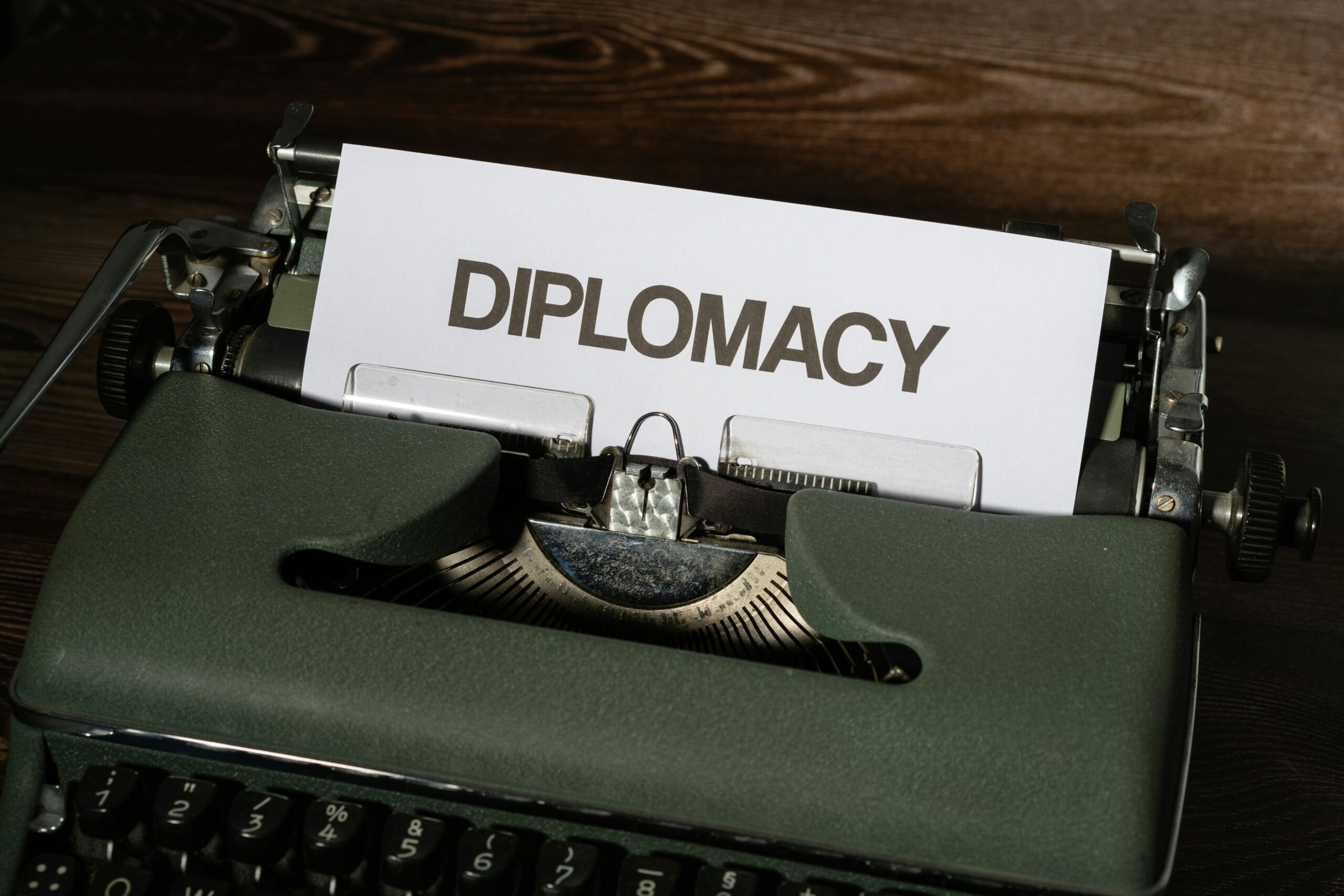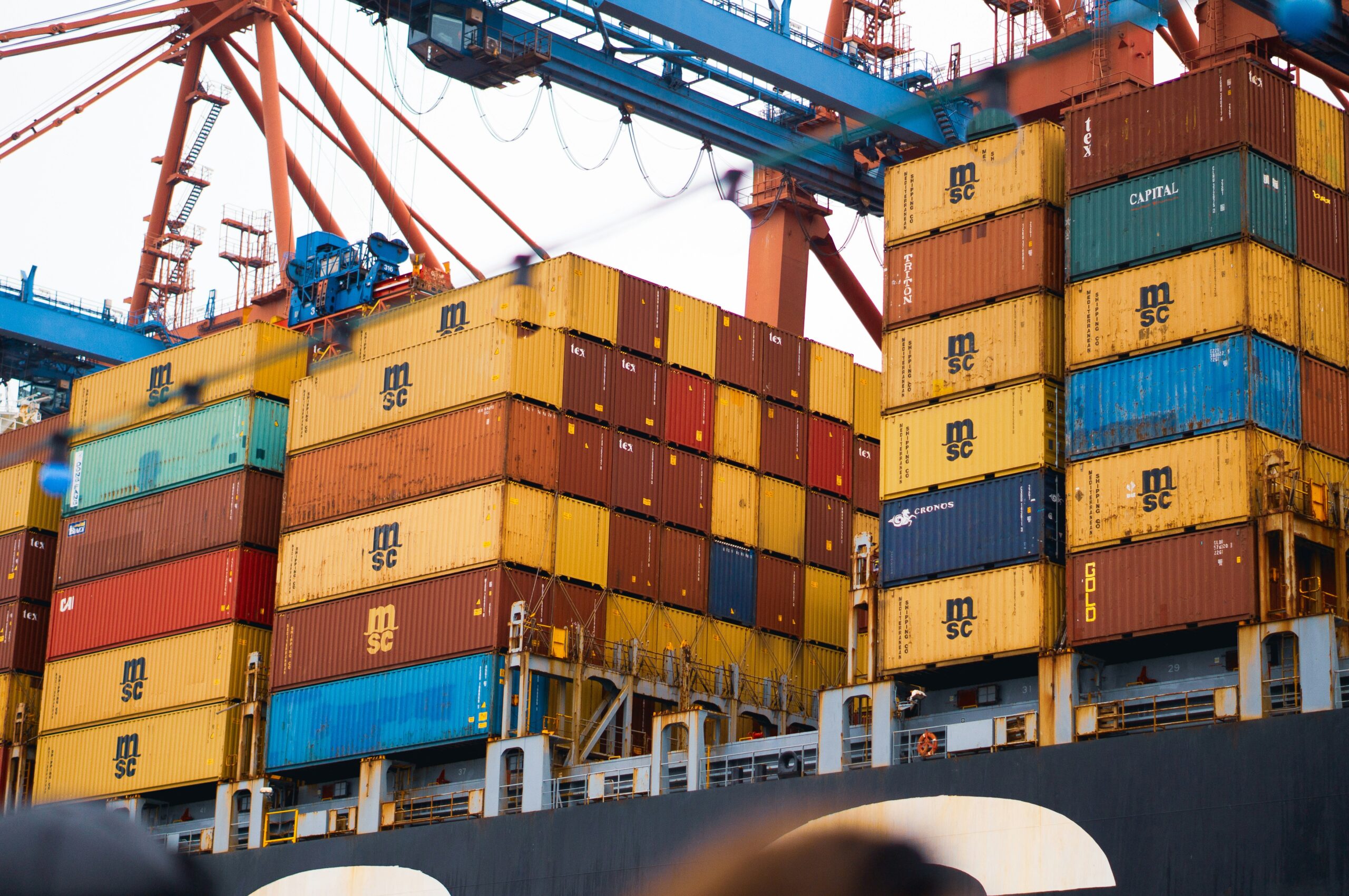Cambodia has a couple of trade agreements with some countries and they are discussed below

Cambodia-China Free Trade Agreement (CCFTA)
Cambodia’s National Assembly adopted a bilateral free trade agreement (FTA) with China on September 9, 2021, to expand goods trade through tariff reductions and elimination. and non-tariff obstacles.
The Cambodia-China Free Trade Agreement covers all aspects of trade, tourism, investment, transportation, and agriculture. China has agreed to exclude 98 percent of Cambodian imports from the tariff, while Cambodia has agreed to exemptions for up to 90 percent of Chinese imports.
Although the ASEAN-China Free Trade Area (ACFTA) eliminates tariffs on the vast majority of Cambodian exports to China, the CCFTA expands tariff-free trade to over 340 goods, including seafood, garlic, cashew nuts, and dried chile, among others.
Cambodia intends to grow bilateral trade with China to US$10 billion by 2023, up from US$8 billion in 2020, thanks to the CCFTA. This comes at a critical time for Cambodian enterprises, which are still reeling from the European Union’s (EU) loss of Everything But Arms (EBA) status in 2020. Because of what the EU saw as substantial and systemic breaches of human rights in Cambodia, the EBA designation was revoked. The EBA grants duty-free access to EU markets to 49 of the world’s poorest countries.
US – Cambodia
The US and Cambodia meet regularly under the 2006 Trade and Investment Framework Agreement (TIFA), which serves as a framework for bilateral discussions and regional and global coordination.
Cambodia’s GDP was predicted to be $26.3 billion in 2020 (at current market exchange rates), with a real GDP decline of 2.8 percent and a population of 17 million.
Cambodia is now our 49th largest goods trading partner, with total (two-way) goods trade valued at $6.9 billion in 2020. Exports of goods totaled $344 million, while imports of goods reached $6.6 billion. In 2020, the United States goods trade deficit with Cambodia was $6.2 billion.
According to the Department of Commerce, in 2019, US product exports to Cambodia supported an estimated 2,000 jobs.
Cambodia has been a member of the World Trade Organization (WTO) since 2004. In 2012, Cambodia’s average applied MFN tariff was 15.2 percent, with agricultural items (14.5 percent) having a higher average MFN applied rate than industrial goods (11.3 percent). Cambodia’s tariff structure is growing, with charges increasing at each stage of processing (WTO 2013). Cambodia joined the Association of Southeast Asian Nations (ASEAN) in 1999, and under the Common Effective Preferential Duties, began offering preferential treatment by lowering tariffs on commodities originating in ASEAN trading partners.
Because Cambodia is a member of ASEAN, it is eligible for tariff reductions under current free-trade agreements (FTAs) with Australia/New Zealand, China, India, Japan, and the Republic of Korea, as well as the upcoming FTA with the European Union (WTO 2011). Cambodia benefits from the Generalized System of Preferences (GSP) schemes run by industrialized countries, such as the EU’s Everything But Arms Initiative and the US’s GSP program, as a Least Developed Country. Furthermore, the Trade and Investment Framework Agreement (TIFA) between Cambodia and the United States, which was signed in July 2006, laid the groundwork for both nations’ trade and investment development while also encouraging bilateral discussion.
EU and Cambodia
Cambodia benefits from the most beneficial regime available under the EU’s Generalised Scheme of Preferences (GSP), namely the Everything But Arms (EBA) scheme, as a Least Developed Country (LDC).
The EU’s GSP legislation permits vulnerable developing nations to pay lower or no tariffs on exports to the EU, allowing them to gain essential market access and contribute to their growth. The EBA is a component of the GSP, which provides duty-free and quota-free access to the EU for all items (excluding armaments and ammunition) for the world’s Least Developed Countries, as defined by the UN.
Textiles and footwear, bicycles, prepared foodstuffs, and vegetable goods (rice) accounted for 95% of Cambodia’s total exports to the European Union in 2019.



